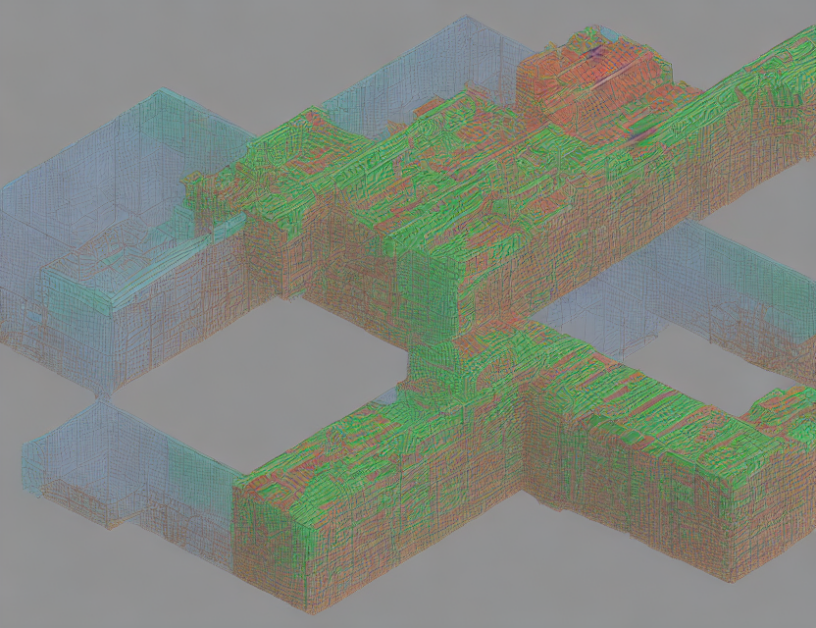In this article, we delve into the realm of optimal control theory and its application to semilinear fractional diffusion. We explore the concept of sparsity, which enables us to develop a sparse optimal control strategy that can significantly reduce computational complexity while maintaining accuracy. Our analysis and discretization are anything but trivial, as we dive into the mathematical underpinnings of the problem.
Notation and Preliminary Remarks
We set the stage by introducing the notation and recalling some key facts that will be useful later. We define µ as a parameter that governs the smoothness of the solution, and we introduce the functional framework and assumptions that guide our work.
The Main Result
Our central result is a bound on the error between the discrete and continuous solutions, which we express in terms of the sparsity parameter h. We show that as h → 0, the error decays exponentially, demonstrating the power of sparse optimization. This result forms the basis of our numerical experiment, where we demonstrate the performance of our method on a simple example.
Numerical Experiment
We conclude by presenting a numerical experiment that illustrates the effectiveness of our approach. We consider a simple problem and show how our method can significantly reduce computational complexity while maintaining accuracy. Our results provide evidence for the validity of our analysis and demonstrate the potential of sparse optimal control for semilinear fractional diffusion.
Summary
Optimal control theory is a powerful tool for solving differential equations, but it can be computationally expensive when applied to complex problems. This article introduces a new approach called sparse optimal control, which significantly reduces computational complexity by exploiting the sparsity of the solution. We develop a novel discretization scheme that captures the essential features of the problem and prove a bound on the error between the discrete and continuous solutions. Our numerical experiment demonstrates the effectiveness of our method on a simple example, providing evidence for its potential in solving real-world problems. By harnessing the power of sparsity, we can make optimal control theory more practical and accessible to a wider range of applications.



